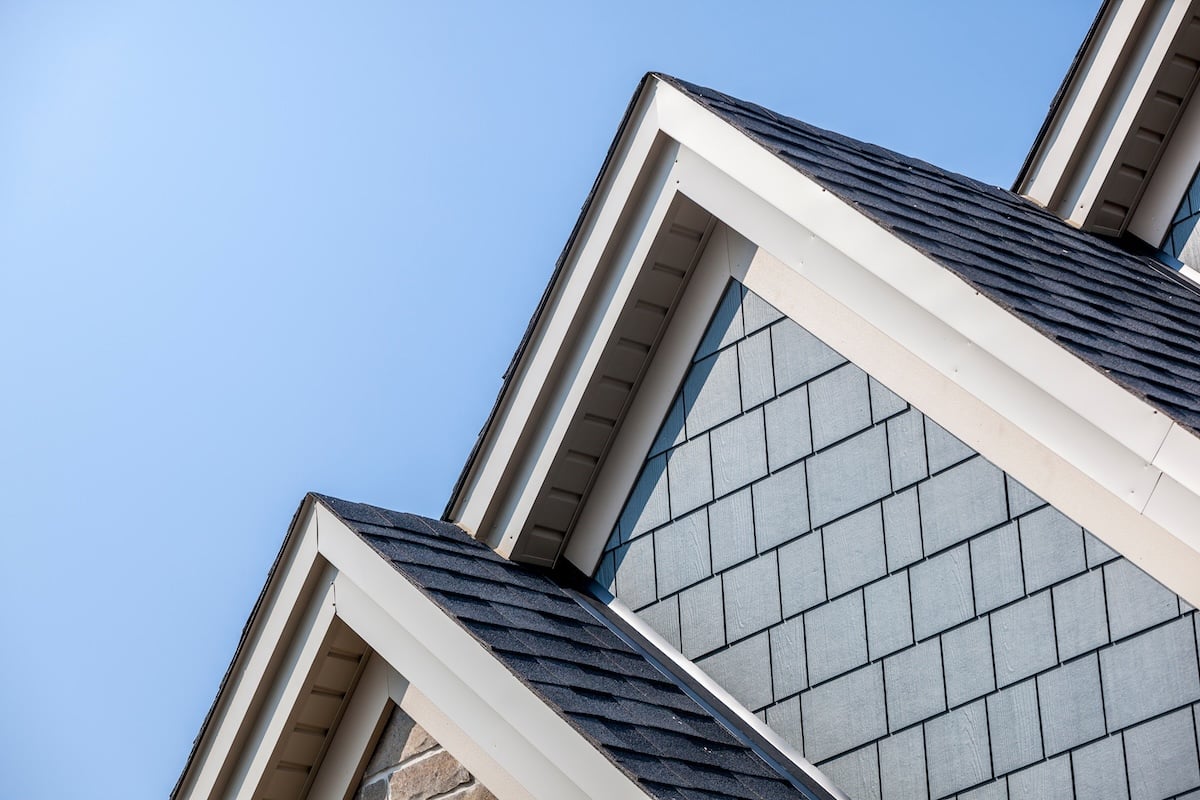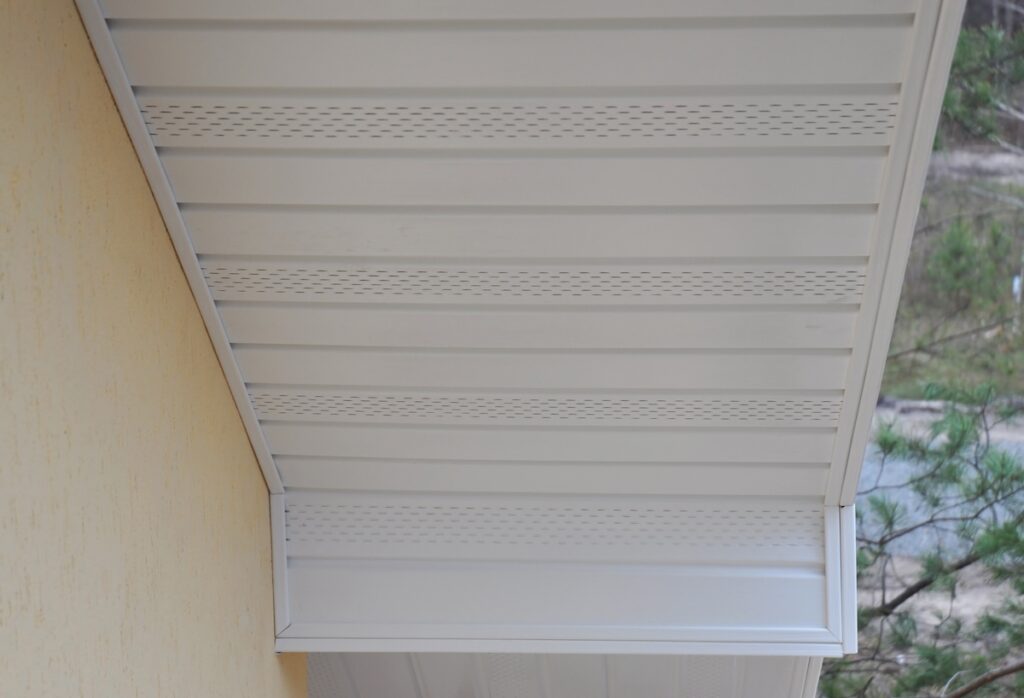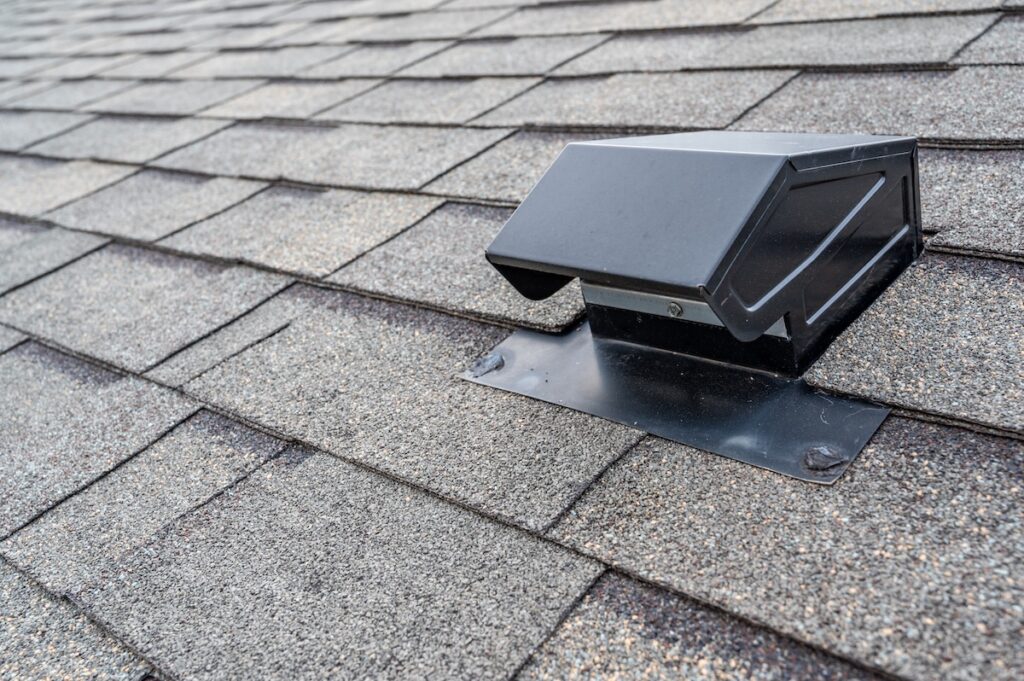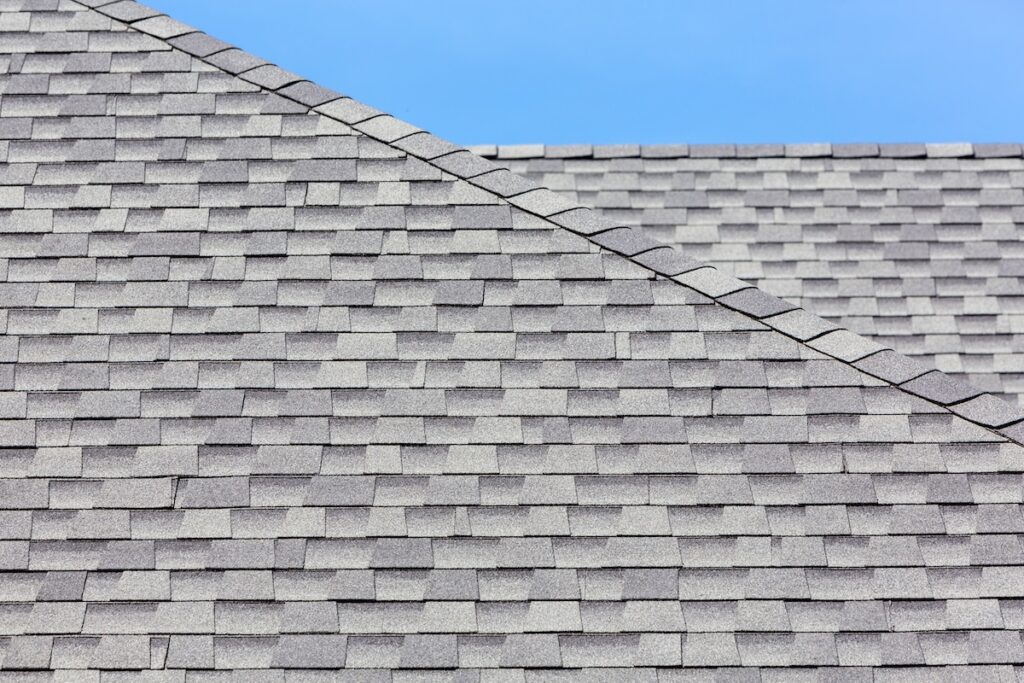
8 Signs of Poor Attic Ventilation Before Winter
Recognizing the early signs of poor attic ventilation can help Texas homeowners protect their homes as cooler months approach. Ventilation ensures that your attic stays dry, your roof stays in good condition, and your energy bills remain manageable. Without it, hidden problems can quickly lead to costly repairs.
- Energy efficiency: A balanced attic helps your heating system run more smoothly and prevents wasted energy.
- Roof protection: Proper airflow reduces stress on shingles and extends roof life.
- Comfort indoors: Good ventilation helps maintain even temperatures throughout your living spaces.
💨 Why Attic Ventilation Matters in Texas
While Texas winters are usually mild compared to other parts of the country, they can still bring damp, chilly conditions that impact your attic. Poor ventilation traps warm, moist air inside, which can damage wood, insulation, and roofing materials over time. By improving airflow, you protect both your roof system and your home’s interior from unnecessary damage.
Unlike homes in colder states, Texas houses often face a combination of high humidity, sudden temperature drops, and year-round sun exposure. This unique mix makes attic ventilation just as important here as it is anywhere else. When moisture and heat linger in the attic, they can accelerate wear on shingles, encourage mold growth, and push up energy costs during both winter and summer.
In Jacksonville and surrounding areas, where humidity and seasonal temperature swings are common, attic ventilation becomes especially important. Homeowners who overlook airflow often face preventable problems that could otherwise be fixed early.

⚠️ 8 Warning Signs of Poor Attic Ventilation
Here are the most common red flags Texas homeowners should watch for:
- Uneven Indoor Temperatures: Rooms that feel hotter or colder than others often signal trapped heat or moisture in the attic. If your living room feels comfortable but your bedrooms are chilly, poor attic ventilation may be a factor.
- Rising Energy Bills: Poor airflow forces your HVAC system to work harder, leading to higher utility costs. If your bills are climbing without a major change in usage, your attic may be part of the problem.
- Moisture in the Attic: Condensation, damp wood, or water stains inside the attic mean humid air isn’t escaping properly. Left unchecked, this can weaken wood framing and insulation.
- Musty Odors: A stale smell indoors or in the attic is often caused by mildew and poor ventilation. Even if you don’t see mold, that odor is an early warning sign you shouldn’t ignore.
- Roof Shingle Deterioration: Excess heat buildup under shingles can cause them to curl, crack, or age faster than expected. Texas sunlight is already tough on roofing materials, so trapped attic heat only speeds up the wear and tear.
- Insulation Problems: When insulation feels damp or clumped, it loses effectiveness and can increase energy loss. Wet insulation may also encourage mold growth, creating a bigger issue over time.
- Visible Mold or Mildew: Mold growth on rafters, insulation, or walls is a serious sign that ventilation is failing. Once it appears, remediation can be expensive and disruptive.
- Peeling Paint or Ceiling Stains: Trapped attic moisture can move downward, showing up as peeling paint, stains, or warped drywall. These cosmetic issues often point to bigger ventilation problems overhead.
🏠 How Ventilation Protects Your Roof
Your attic and roof work together as one system. If air circulation is blocked, your roof materials bear the brunt of the damage. Over time, this can shorten the life of your roof and lead to expensive repairs.
Extending Roof Lifespan
Texas sun and heat already put enough strain on your roof. Without attic ventilation, shingles and decking are exposed to additional stress from trapped air. With proper airflow, you can reduce that strain and extend the life of your roofing system. Many homeowners are surprised to learn that something as simple as blocked soffit vents can shave years off a roof’s lifespan.

Safeguarding Structural Materials
Wood framing and insulation are highly vulnerable to moisture. Poor attic conditions can cause rot, weaken structural components, and reduce your home’s overall efficiency. Addressing ventilation issues keeps these materials intact. Protecting your attic also protects your investment, as roof repairs and structural repairs are among the most expensive fixes a homeowner can face.
🛠️ How to Fix Attic Ventilation Issues
Many Texas homeowners discover airflow problems in their attics and wonder how to correct them. Fortunately, there are several effective fixes that can restore proper circulation and protect your home.

Add or Unblock Vents
If your attic doesn’t have enough vents, adding soffit vents for intake and ridge vents for exhaust is a reliable solution. These work together to keep air moving. If vents are already in place but blocked by insulation or debris, clearing those obstructions can quickly improve airflow.
Install Attic Fans When Needed
Some homes, especially those with larger attics, may benefit from powered attic fans. These fans actively pull hot, moist air out of the attic, which helps regulate temperature and humidity when natural ventilation isn’t enough.
Improve Insulation and Vent Balance
Proper insulation ensures that warm indoor air doesn’t escape into the attic and throw off airflow. At the same time, intake and exhaust vents must be balanced—if you have too much exhaust and not enough intake, the system won’t work effectively. Adjusting both together creates lasting results.
Seal Gaps and Leaks
Air leaks around light fixtures, ductwork, or attic hatches can push warm, moist air into the attic and overwhelm your ventilation. Sealing these gaps with caulk or weatherstripping reduces excess humidity and keeps airflow consistent.
Schedule Professional Help
If you’re unsure what improvements are best, a roofing contractor can measure airflow, recommend upgrades, and install new systems correctly. Professionals ensure that your attic is balanced and your roof system is fully protected.
✅ Ways to Improve Attic Ventilation
If you notice signs of poor ventilation, there are reliable fixes to restore airflow and protect your home.
- Install ridge vents: Running along the roof peak, these let hot, moist air escape.
- Add soffit vents: Located at the eaves, these pull in fresh outdoor air.
- Use attic fans if needed: Some homes benefit from powered fans for extra airflow, especially in larger attics.
- Keep vents clear: Make sure insulation, dust, or pests aren’t blocking pathways. Even small blockages can affect overall performance.
- Schedule a professional inspection: A roofing expert can evaluate your system, measure airflow, and recommend upgrades tailored to your home.
When improvements are made properly, you’ll notice benefits quickly, lower energy bills, fewer odors, and a more comfortable living space overall.

🌨️ Protect Your Home Before Winter
For Texas homeowners, spotting the signs of poor attic ventilation early can prevent damage, lower energy bills, and improve indoor comfort. Whether you’re dealing with rising costs, musty odors, or roof wear, the solution often lies in better attic airflow.
M&M Roofing proudly serves Jacksonville and surrounding areas with expert inspections and proven ventilation solutions. Our team understands the unique challenges Texas homes face and provides tailored fixes to keep your home safe and efficient. Don’t wait until small ventilation issues become major repairs, contact M&M Roofing today to schedule your free estimate and make sure your roof and attic are ready for the season ahead.
